#header sebastian vettel
Text










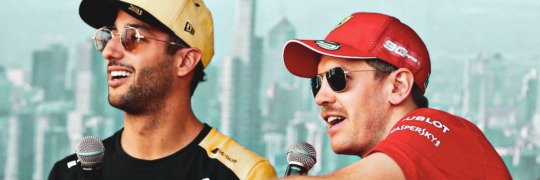
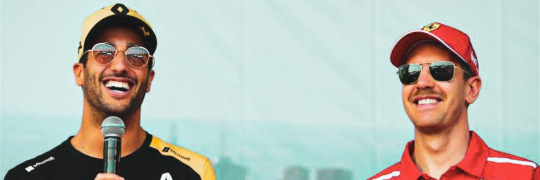

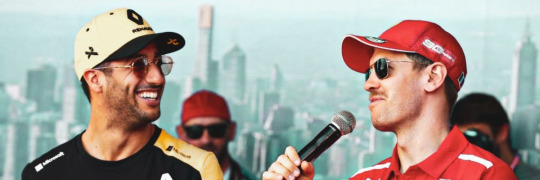

daniel ricciardo & sebastian vettel
in honor their last race weekend
like/reblog if you save or use and don't repost
© all the images used belong to their respective owners and i don't claim any right over them.
#daniel ricciardo#daniel ricciardo header#daniel ricciardo headers#header daniel ricciardo#headers daniel ricciardo#sebastian vettel#sebastian vettel header#sebastian vettel headers#header sebastian vettel#headers sebastian vettel#rbr#redbull f1#redbull racing#scuderia ferrari#ferrari headers#ferrarri#mclaren f1#twitter layouts#f1 twitter#twitter headers#sir lewis hamilton#header lewis hamilton#lewis hamilton header#lewis hamilton headers#lewis hamilton#the big three#sewis#mercedes#the holy trinity
826 notes
·
View notes
Text
somebody tell that bitch sebastian vettel that i fucking love him
#sebastian vettel#sv5#f1 shitpost#formula one#if he tells me to bark i’ll ask him in what kind of breed#screaming crying wailing#i miss him sm and i didn’t even start watching f1 til this year#and beekeeper seb??? 🫠#fucking done for#f1 memes#also rate my tumblr header LMFAO
310 notes
·
View notes
Text
New Headers Alert 🚨
(There have also been requests for continuations of fics as well, but I'll create those as I go 😁)
Anyway hope you guys like these as much as the other ones. Can't wait to get to these WIPS, but first I got to finish some old requests for some lovely (and very VERY amazingly patient) people😙😁💖.










#new header alert 🚨#formula 1#black reader#f1 imagines#formula 1 x black!reader#f1 x black!reader#request#max verstappen#fernando alonso#sebastian vettel#oscar piastri#logan sargeant#charles leclerc#esteban ocon#wips
112 notes
·
View notes
Text
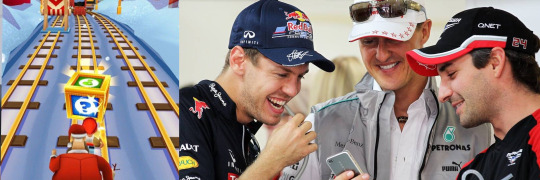





random headers :] fav/reblog if u save or use
#f1#formula 1#formula one#f1 headers#twitter#f1 twitter#twitter headers#headers#sebastian vettel#kimi raikkonen#jenson button#mark webber#michael schumacher#sv5#kr7#jb22#mw6#ms7#sebmark#martian#sebson
80 notes
·
View notes
Photo





i am a child of divorce (f1′s version) [headers]
like/reblog if you save ♡
only suggestions!
credits on twitter: @f1stuffpsd
#sebastian vettel#sebastian vettel headers#headers sebastian vettel#lewis hamilton#lewis hamilton headers#headers lewis hamilton#sewis#sewis headers#yuki tsunoda#yuki tsunoda headers#headers yuki tsunoda#pierre gasly#pierre gasly headers#headers pierre gasly#lando norris#lando norris headers#headers lando norris#carlos sainz#carlos sainz headers#headers carlos sainz#carlando#carlando headers#esteban ocon#esteban ocon headers#headers esteban ocon#mick schumacher#mick schumacher headers#headers mick schumacher#max verstappen#max verstappen headers
1K notes
·
View notes
Text
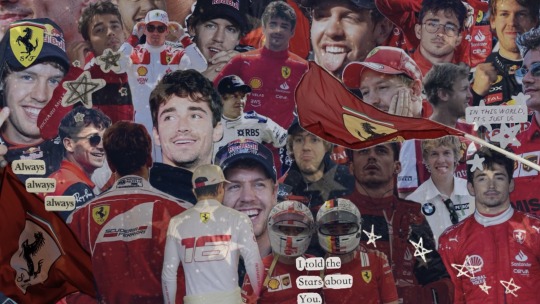
#posting my own header for u#sebchal#165#516#sebastian vettel#charles leclerc#f1 edit#f1#formula 1#formula one#collage#ferrari#forza ferrari
49 notes
·
View notes
Text



2011 Italian Grand Prix
#perpetually my fav thing abt any f1 hug is their happy scrunched up face beneath the helmet#one day ill make a comp post! i swear!#i rly like the gif version of this one as well#i almost made it my header but monaco is monaco so#LIKE THE WAY THEY JUST KEEP HOLDING HANDS AND JB KEEPS SHAKING THEM AND SEB'S STARING UP AT HIM#very cute <3#(i miss posting and this was in my drafts so!)#f1#formula 1#sebastian vettel#jenson button#sebson#sv5#jb22#we do a little bit of f1#2011 italian gp#2011 italian grand prix
134 notes
·
View notes
Text

Under the cut: basic info about SailGP, how a sail works (ish), basic racing rules explained, Azzy gets way too enthusiastic about why YOU should go sailing, the America's Cup vs SailGP, a few fun capsize videos, points of sail and some jargon explained!
What is SailGP? Is it the F1 of the seas?
SailGP is a series of sailing races held over the course of a year. National teams compete using boats called F50s. Races are short and exciting, the boats are insane (more on this later) and the athletes competing are some of the best sailors in the world.
It's broadly accurate to compare it to F1, although arguably the America's Cup is more prestigious and attracts a more F1-esque level of investment and media coverage. The F50 is actually based on the AC50, the specification for the America's Cup from 2017. America's Cup boats have more of a focus on cutting-edge development (similar to F1 - in fact Mercedes F1 is heavily involved in INEOS Brittania, and there's a Red Bull Racing team as well!), but the main problem with the America's Cup is that it's only held every 3-4 years. SailGP is held every year and a lot of the sailors sail in both events (Ainslie, Slingsby and Spithill for example all flit between the two).
Info on the different teams (10 in total this year) is on the SailGP website. Each team has one boat that competes.
How does the series work?
The events 'are made up of multiple races and take place across two days, with seven races scheduled for each Sail Grand Prix. The first day includes three fleet races, while the remaining three fleet races take place on the second day before the event winner is crowned in the Final.' (from the SailGP website) 'Fleet races' just means all the boats take part. The Final involves only the top three boats from that weekend (everyone else gets to go ashore and have a beer). There's an overall championship leaderboard as well, and at the end of the season the top 3 teams compete in the Grand Final; the winner of that race is crowned champion overall. Then everyone goes ashore and has a beer.
There's also a separate sustainability championship for all competing teams called the Impact League. I like to think that Sebastian Vettel is very excited about this.
Okay, tell me about these F50s.
Firstly: these boats are mad. I have been sailing since childhood, I used to teach it, I've been racing for mumble years but there is no way could I sail one of these things, any more than as a competent driver I could drive an F1 car without immediately crashing (assuming I could even start it).
For some context - sailing as a sport is kind of roughly divided into two worlds: yachting and dinghy sailing. Yachts are (broadly) the kind of boat that has a 'downstairs' and you can sleep on, sail long distances etc; dinghies are usually small (average about 4m long), the kind of boat you pull out of the water at the end of the day and wear a wetsuit to sail. Despite the fact that they're massive, F50s are more on the dinghy sailing end of the spectrum in terms of the way they're raced (short races, close to shore) and in terms of the background of the sailors, several of whom are ex-Olympic dinghy sailors. F50s, though, are about as far removed from the boats used in the Olympics as an F1 car is from a road-legal supercar.
Some useful F50 facts to remember:
F50s are catamarans. This just means they have two hulls (boats with one hull are called monohulls).
They're ~50ft long, or 15m.
They are a foiling design. Foiling is when the boats look like they're flying through the air with only little thin carbon fibre planks in the water (foils). The shape at the bottom of the foils, plus the speed of the boat, is what causes it to lift out of the water when it's going fast enough also dark magic is involved. Foiling is still relatively new to the sailing world, but you can now foil in all kinds of sailing dinghy (although only a few classes allow you to use them in races).
They're a one-design, which means that they're built to strict specifications - everyone has essentially the same boat.
There are two sails that provide propulsion. The small flappy one at the front is called a jib. The big one would, on most other boats, be called a mainsail - but it's not a sail, it's a solid wing with a hinge in the middle.
They're steered by steering wheels, one on each hull. Those are attached to the rudders at the back of the boat. The driver is also often called the skipper, sometimes the helm. They hop from side to side when required (more on this later). They're the ones that have their names on the sides of the boats.
The power for the hydraulics needed to adjust the wing and the foils comes from grinders (those guys who seem to be stuck in a hole furiously pumping handles in circles for the whole race. Often ex-rowers).
There's also a strategist, wing trimmer and flight controller on board. Here's a bit more about their roles!
Everyone has to be ridiculously fit and undergo a lot of safety training to sail these boats. This is an extreme sport. Obviously, it's hugely physical (especially for the grinders), but from a safety perspective - when these things crash, they crash big.
Cool, so I get the format, I get the fact the boats are insane. But how does the actual sailing part work?
Okay. Deep breath, here goes...
The movement of a sailing boat through the water is generated from the sail, which acts as an aerofoil. At a certain angle to the wind, the different pressures on each side of the sail mean that 'lift' is generated (like an aeroplane wing) and the boat moves forward. The foils (keel or daggerboard and rudder) also help generate forward motion under the water and stop the boat from going sideways or falling over. Forward motion is also generated when the wind is directly pushing the sail (like a kite). Here is a whole Wikipedia page on how sails work, complete with helpful diagrams!
The awkward thing about sailing: at a certain point, usually at around 45 degrees to the wind, the sail stops working. We call this the no go zone, or the no sail zone. This means that sailing boats can't sail directly into the direction the wind is coming from. We have to zigzag (tack) to and fro, turning the front (bow) of the boat through the no go zone. If you get stuck there - for example if you don't have enough momentum for the turn - we call it getting stuck in irons. Kind of like stalling or being unable to get your car in gear.
We refer to different angles of the boat to the wind direction as points of sail. Here is a handy diagram with the main points of sail on it, along with where your sail should be for maximum speed and efficiency (these are monohulls, but it's pretty much the same for catamarans):
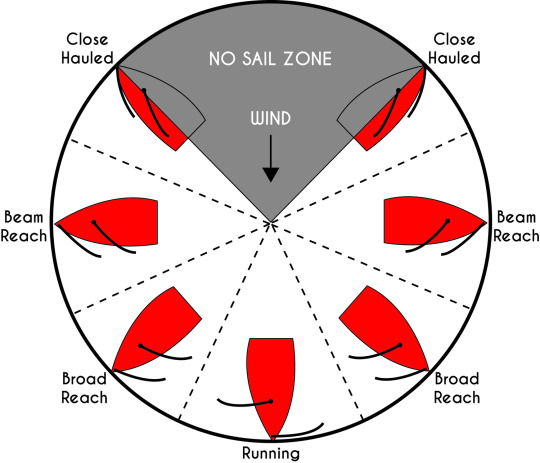
Image from https://ausseasailingschool.com.au/flapping-sail-unhappy-sail/
Having your sail set properly is crucial to going as fast as possible! Here's a bit more about those different points of sail and a couple of important related terms:
Close-hauled/beating (the windward leg in a race): sailing as close to the direction the wind is coming from as you can. Go too close to the no go zone and you're going to slow down because you will start to lose the wind from your sail. (On F50s, you might see the jib start to flap (luff). That means that either they need to pull the sail in, or they're sailing too close - at too tight an angle - to the wind.)
Reaching: going across the wind. The fastest point of sail for most boats. Close reach is closer to the wind. Beam reach is 90° to the wind, and a broad reach is further away from the wind, almost a...
Run: sailing with the wind behind you. It might seem counterintuitive, but this is actually the slowest point of sail, because your sail becomes a big bag, not an aerofoil. You're not generating forward motion with your foils and for all you're going forwards, you also have the sail acting as drag.
Bearing up or bearing away: turning the boat into the wind or away from the wind respectively.
Tacking: the act of turning the bow of the boat through the wind. NB you are also always on either a starboard tack or a port tack. If the wind is hitting the right side of your mainsail (the wing, in the F50s), you're on starboard tack; if it's hitting the left side, you're on port. This is true no matter what point of sail you're on.
When you sail, you sit on the windward side of the boat (the side closest to where the wind is coming from. When you tack, this side changes to become the new leeward side (the side furthest from where the wind is coming from), so you swap over to sit on the new side. That's why people are always running to and fro on the F50s.
Gybing: the opposite of tacking! You turn so that the stern (back) of your boat goes through the wind. It's often a bit more violent because the wind can catch around the edge of your sail and flip it over, although on F50s it's usually pretty controlled. Here is an excellent example of a successful gybe followed by a - less successful one.
Capsize: sometimes, sailing boats that don't have massive heavy keels - so, sailing dinghies and boats like F50s - fall over. That's capsizing. It is much more likely to happen in strong wind. Catamarans in particular are also prone to something called pitchpoling, where the bow digs in and they somersault forwards. Here is the NZ team with a particularly spectacular example in the America's Cup (at about 00:20 onwards). In these boats, with such short races, capsizing effectively loses you the race because it takes so long to get them upright again.
F50s will try and stick to the fastest points of sail in order to be able to get themselves up on the foils. Once they're up there, they start going even faster and you might hear commentators talking about apparent wind, which is the wind generated by your forward motion (you can feel this if you stick your hand out of a moving car window). That works with the true wind direction to mean that you will find your boat behaving as if you're sailing closer to the wind than you were before, even if you haven't physically changed course.
How the hell do you race when it's that complicated just to get from A to B?
This is the fun part! Racing is all about a mix of sailing as efficiently as possible and sneaky tactics. Unlike in F1, race courses are usually pretty simple; they're set up on the day with bouys anchored in place, and take a predetermined shape, at the very least involving one upwind leg (so, tacking or zigzagging to and fro to go against the wind) and one downwind leg in a sausage shape. And, good news: SailGP races all actually use pretty much that basic sausage course shape.
Within the racecourse, there will be a start line (an invisible line between 2 bouys on the water). Boats get a 1-minute countdown until the start; within that 1 minute, they have to stay behind that line. It's set up so that they cross the line on a reach. There is usually an optimum place to cross - the onscreen graphic will usually highlight this! - to get the best angle to pick up speed and race to the next mark.
A few metres later they will turn to go downwind. Because going directly downwind on a run is painfully slow for these boats, they will zig zag (gybe) to and fro so that they go from broad reach to broad reach - kind of like tacking to go upwind.
At the far end of the course there will be two bouys acting as marks (called a gate). They have to go between these, and around one of them (they get to choose which!), before heading back upwind again. You're not allowed to touch the marks.
They will tack a few times going upwind (more zigzagging), then go through another gate at the top of the course, and repeat this course a few times (it looks like it's usually about 6 laps).
The finish involves going through the final gate at the top of the course and then bearing away on a fast reach to the finish line.
So what are the racing rules?
Here are some of the most important ones.
Port vs starboard: if the wind is hitting the starboard (right) side of your main sail, you're on the starboard tack. This means that you have right of way over a boat with the wind on the left side of its main sail. If you're crossing paths with another boat, you want to be the one on starboard so they'll be forced to go behind you. It's common practice to yell 'STARBOARD' at another boat if it doesn't look like it's going to move in time (the hilarious part of both the America's Cup and SailGP being that they still do this - I highly doubt that they can hear each other given the distances and size of the boats involved, but half of them are ex-dinghy sailors and if there's one thing we all love to do it's scream starboard at each other like we think we're about to be murdered).
Windward vs leeward: if you're on the same tack as another boat (port tack or starboard tack), the boat physically closest to the direction the wind is coming from, ie the windward boat, has to give way. You can use this to your advantage by potentially forcing another boat into the no go zone. You might hear the teams shouting 'UP! UP!'
Mark rounding: To quote the sailgp website: 'Turning marks have a circle zone around them 50m in diameter with the mark at its center. When boats overlap as they enter the mark zone, the boat on the inside must be given room to go around the mark. The boat on the outside must allow the inside boat to take the turn as they wish.'
Avoid a collision: even if you have right of way, if the other boat doesn't move, you should act to avoid a collision.
Break any of these rules so the other boat is forced to avoid you and you'll be penalised (usually forced to give a position back).
Specific SailGP rules also mean that there's a defined racecourse on the water with boundaries. If they sail out of that area, there's a penalty.
Anything else to watch out for?
Dirty air: disturbed air is turbulent, and these boats with their huge wings create a lot of it. You want no one between you and where the wind is coming from, so expect to see boats not in the lead tacking for clean air, ie breaking away from the leaders onto the other tack. As the leading boat, going upwind, you can weaponise this by making sure you 'cover' your rivals with your wind shadow and tack when they tack, to make sure they don't get clean air. This can backfire going downwind, though, because that's when the boat behind you is closer to the wind than you!
Gusts and preferred sides of the course: the wind is sadly almost never steady in either strength or direction. Often one side of the course will be more windy, or the nearby land will mean it blows in a slightly different direction, giving you...
Lifts and headers: a lift is when the wind swings round just enough to mean you can point closer to where you want to go. Conversely, if it swings in the other direction and puts you into the no go zone, it's a header.
Tacticians and skippers will be watching the water to spot gusts (usually they look like darker water), and with practice they will know whether those will indicate a lift or a header.
This sailing thing sounds awesome, can I give it a go?
YES! Dinghy sailing is IMO the best sport ever, and there are sailing clubs and schools the world over. I'm in the UK, so I'm afraid that's where most of my experience in this lies, but in the UK there are hundreds of local sailing clubs - they're hugely welcoming, often have links to sailing schools or run RYA courses themselves, or there might even be experienced racers looking for crew who'll teach you for free. Often there will be club boats available for members to use. If you have a disability, the RYA's Sailability scheme means there are something like 200 locations over the UK dedicated to making sure everyone gets a chance to learn.
There's also activity holidays - companies like Neilson, Mark Warner and ClubMed run holidays in the Mediterranean and further afield where you can go and learn to sail in warm water without having to peel a wetsuit off at the end of the day.
Regardless of how you learn, you will get wet and scream your head off, and you will end up with weird bruises and you will learn the smell of end-of-season sailing boots and swallow a lot more salt water than you want to (or lake water), but at some point a switch will flip in your head and things will start to Make Sense and you'll be hooked. Trust me.
My ask box is open, hit me up if you have any more specific questions! I am not hugely familiar with SailGP or the teams involved yet, but I'll do my best to answer and, as you can probably tell, I love talking about sailing in general.
#i hope this helps anyone who is vaguely interested!#let me know if you have any specific questions not answered here and i'll do my best to help!#sailgp#(yes i am going sailing this weekend and there is a very high chance that that boat capsizing on a gybe will be me)#also please don't judge me on the header i am NOT an artist#sebastian vettel
137 notes
·
View notes
Text
★ LANDO NORRIS USERS ★
• norrisfv
• landobf
• lnracer
★ SEBASTIAN VETTEL USERS ★
• sebzstian
• vettelqr
• itvettel
fav/reblog if u save or use ♥︎ dont repost it
#f1#formula 1#formula 1 icons#f1 icons#lando norris#lando norris icons#lando norris users#lando norris headers#lando norris layouts#lando norris packs#lando norris moodboard#lando norris mclaren#sebastian vettel#sebastian vettel icons#sebastian vettel users#sebastian vettel headers#sebastian vettel packs#sebastian vettel layouts#sebastian vettel moodboard#random users#grunge users#messy users#short users#twitter users#dark users#instagram users#kpop users#indie users#site model icons#random bios
29 notes
·
View notes
Text













sebastian vettel + sewis messy headers || like or reblog if you save.
#sebastian vettel#sv5#sebastian vettel headers#messy headers#messy header#f1 headers#messy f1 header#formula one header#formula one#f1#twitter headers#twitter header pack#headers aesthetic#sewis#sebastian vettel and lewis hamilton#sewis header#piastrisluvrs headers
26 notes
·
View notes
Text
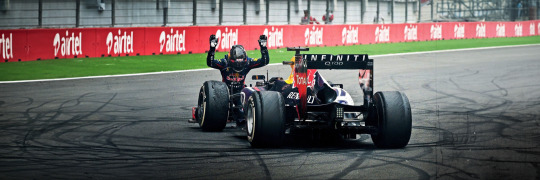
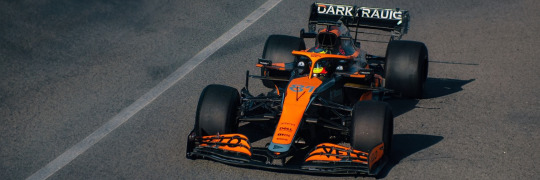




!¡like/reblog if you save or use
#f1#formula one#formula 1#formula one header#ayrton senna#niki lauda#oscar piastri#sebastian vettel#max verstappen#red bull racing#mclaren#ferrari#twitter headers
51 notes
·
View notes
Text
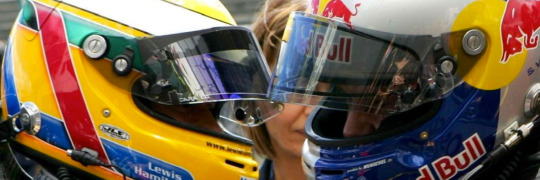





lewis hamilton and sebastian vettel
like/reblog if you save or use and don't repost
© chicagoricc
#LH44#SV5#sewis#lewis hamilton#header lewis hamilton#headers lewis hamilton#lewis hamilton headers#lewis hamilton header#sebastian vettel header#header sebastian vettel#sebastian vettel headers#headers sebastian vettel#sebastian vettel#mercedes#mercedes amg petronas#ferrari#scuderia ferrari#ferrari readers#rbr#rbr seb#f1 twitter#formula 1#twitter layouts#formula one#f1#twitter headers#f1 headers
100 notes
·
View notes
Text
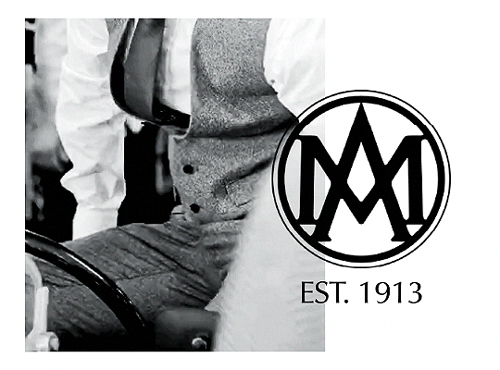
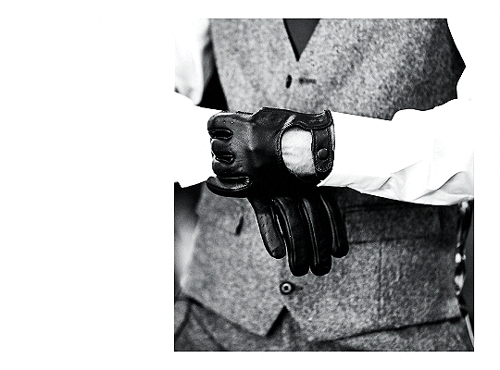
Aston Martin is an English manufacturer of luxury sports cars and grand tourers. Its predecessor was founded in 1913 by Lionel Martin and Robert Bamford. Steered from 1947 by David Brown, it became associated with expensive grand touring cars in the 1950s and 1960s, and with the fictional character James Bond following his use of a DB5 model in the 1964 film Goldfinger. Their sports cars are regarded as a British cultural icon.
#sebastian vettel#f1#f1edit#sebastianvetteledit#.mine#.fx#made a new header and figured i'd go all the way#so obsessed with this fit on him..
258 notes
·
View notes
Photo
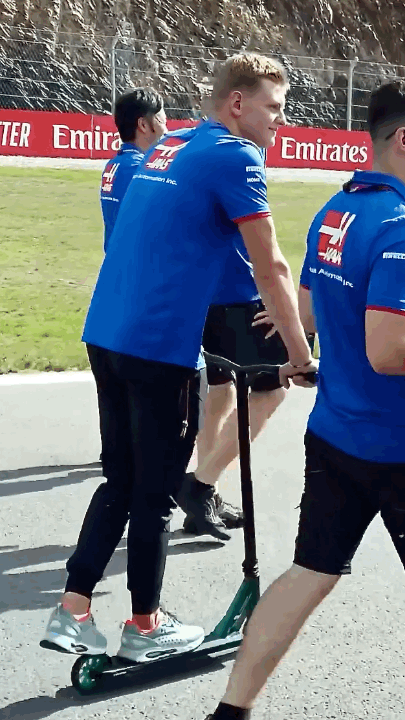


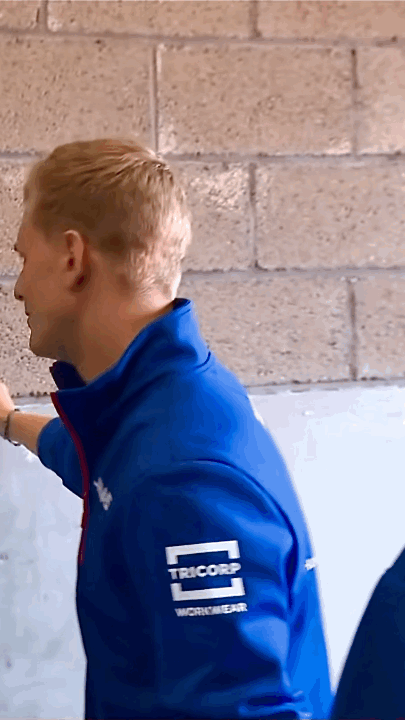

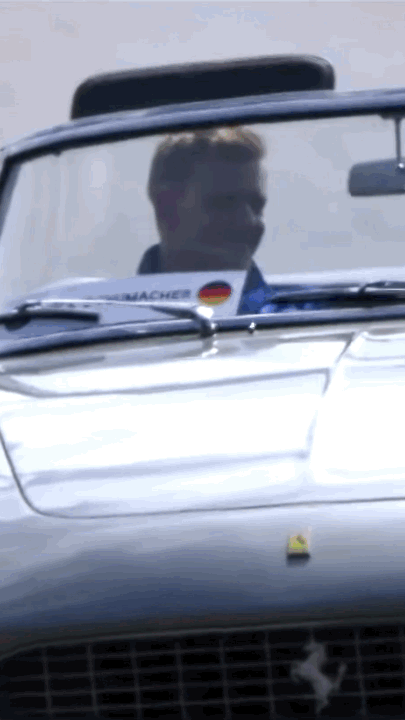

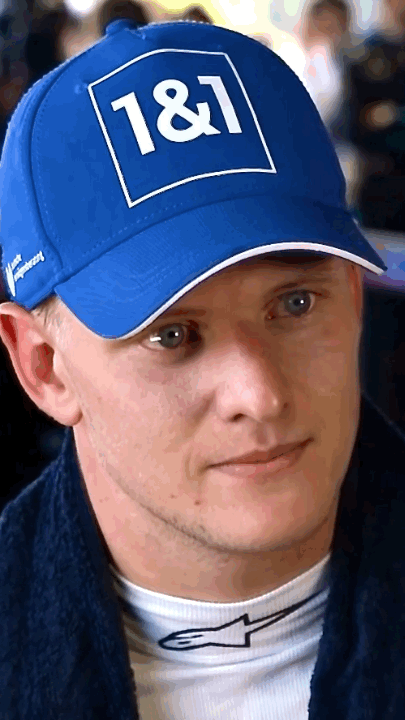
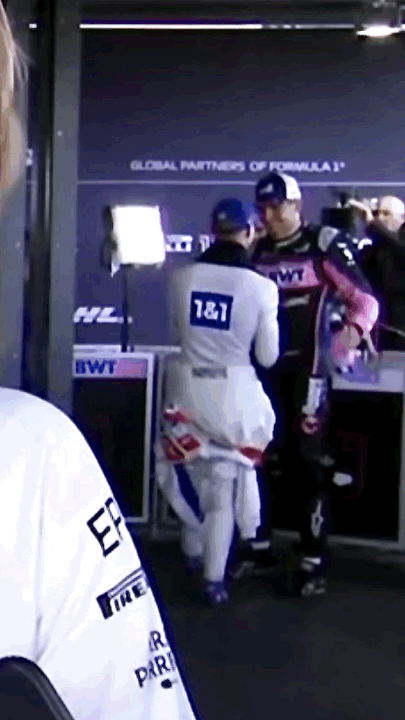
MICK SCHUMACHER’s 2022 Belgian GP
⇉ a summary
✅ Mick Scootmacher 🛴
✅ hugs for a tiny Haas fan
✅ a new way of transportation 🚴♂️
✅ pre race chats w/ Lance, Este & Seb
✅ 👋 from a sexy Ferrari
✅ join the Daniel Support Squad™️
✅ commiserate 🥴 about the Haas car
✅ hug Este bestie in the press pen post race
#mick schumacher#f1#formula 1#haas#schumi summary 22#belgian gp 2022#sebastian vettel#daniel ricciardo#esteban ocon#the triple header is moving BUT IM STILL GOING STRONG#SECOND ONE COMING TOMORROW
234 notes
·
View notes
Photo





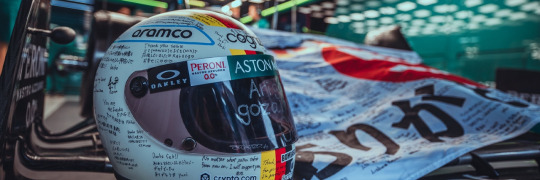
like or jdoreleclerc ♡
random suzuka moments
#headers#formula 1#drivers#random#paddock#messy headers#sebastian vettel#max verstappen#charles leclerc#carlos sainz#mick schumacher#race#suzuka#japanese gp#f1#ferrari#redbull#aston martin#haas team#without psd
168 notes
·
View notes
Text




sebastian vettel tumblr headers
- click for better quality
- like/reblogs are appreciated
- feel free to use (with credit)
- requests are open
#sebastian vettel#f1#formula 1#formula one#formula1#g makes things#g’s stuff#theme packs#g’s headers
91 notes
·
View notes